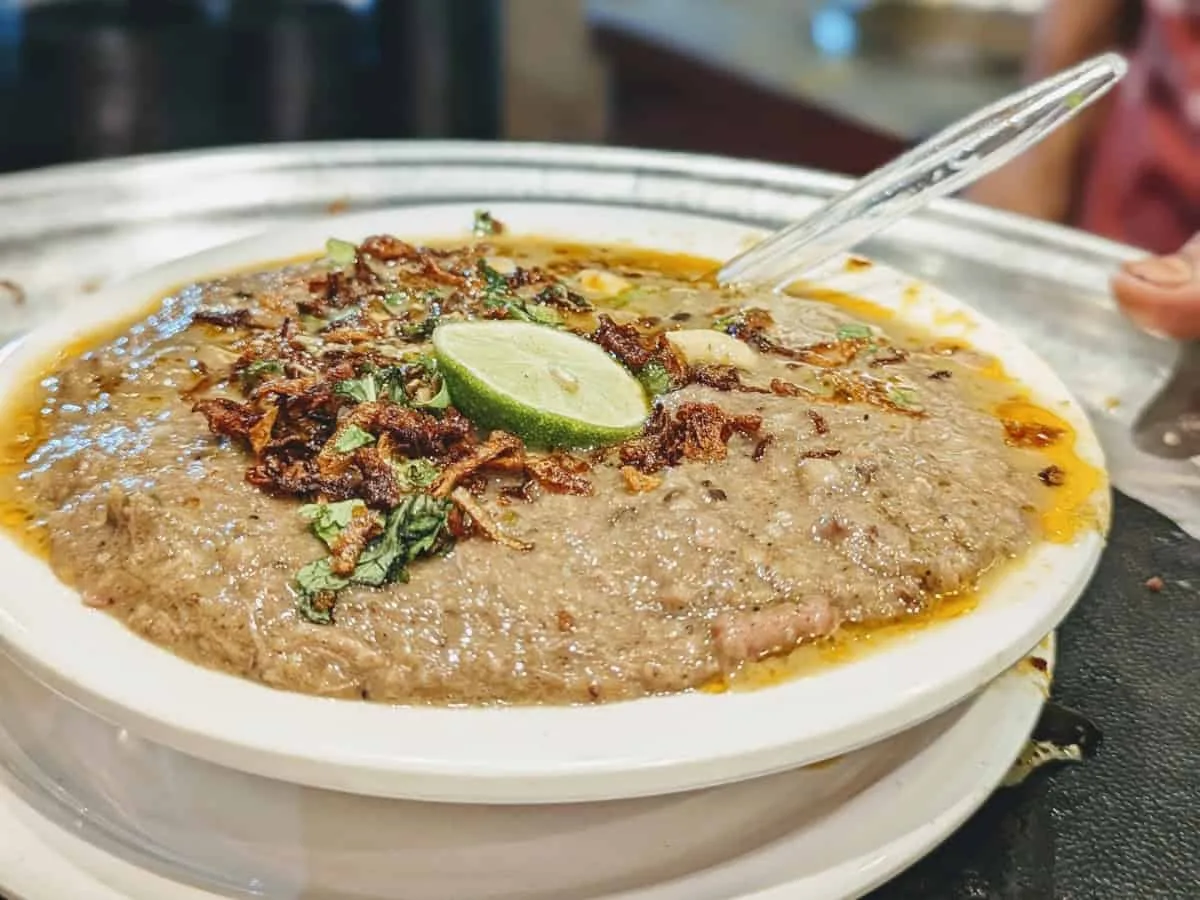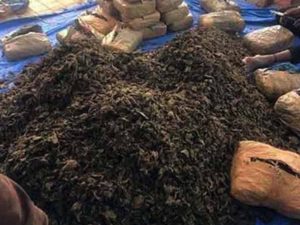With the weather turning cool following incessant rains, Harees Al Hadhrami restaurant in Barkas has become a hot spot.
People from across the city are flocking to this nearly five-decade-old eatery, located in Barkas—a locality dating back to the Nizam era—to savor its signature harees.
A dish for all tastes
Harees is prepared with generous spices, though a sweeter version is also available. Whether sweet or savory, the dish finds many takers on chilly mornings.
“Hadhrami harees is famous for its unparalleled taste and is highly nutritious. We use plenty of pure ghee and dry fruits in its preparation. People particularly enjoy it during the rainy and winter seasons as it’s considered a warming food,” said Mahmood Bin Haftoon.
“The business opens at 5 AM, with locals coming to take parcels home. We close by 10:30 AM. The highlight of this dish is that it’s boneless,” added Haftoon.
Art of preparation
The bones are completely removed during preparation. The meat is beaten into a paste, and the cooking process is similar to that of haleem, using nearly the same spices.
Harees is available in two variants: sweet and spicy. For the sweet version, a couple of spoonfuls of sugar are added on top and mixed into the harees. The traditional spicy variety comes with dollops of pure ghee.
Originally a Central Asian dish, harees was introduced to Barkas by the Arab community. In contrast, haleem—another local favorite—was brought to the city by Iranians and popularized at Madina Hotel.







